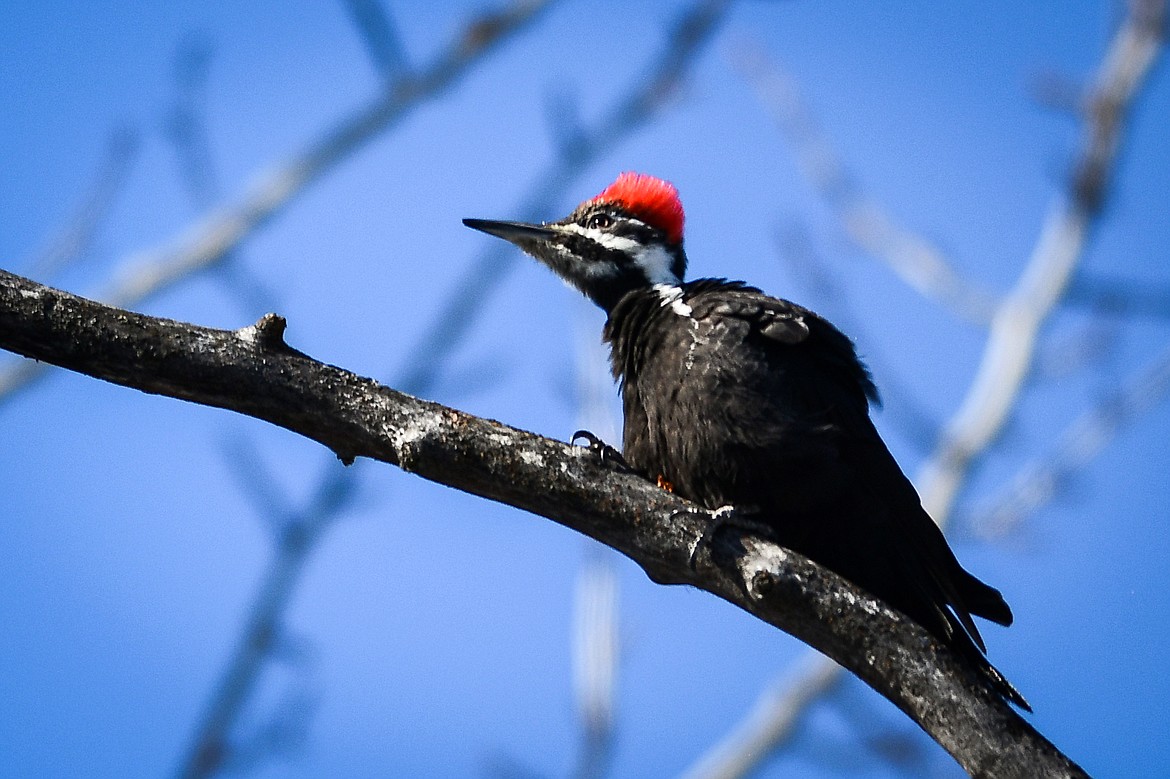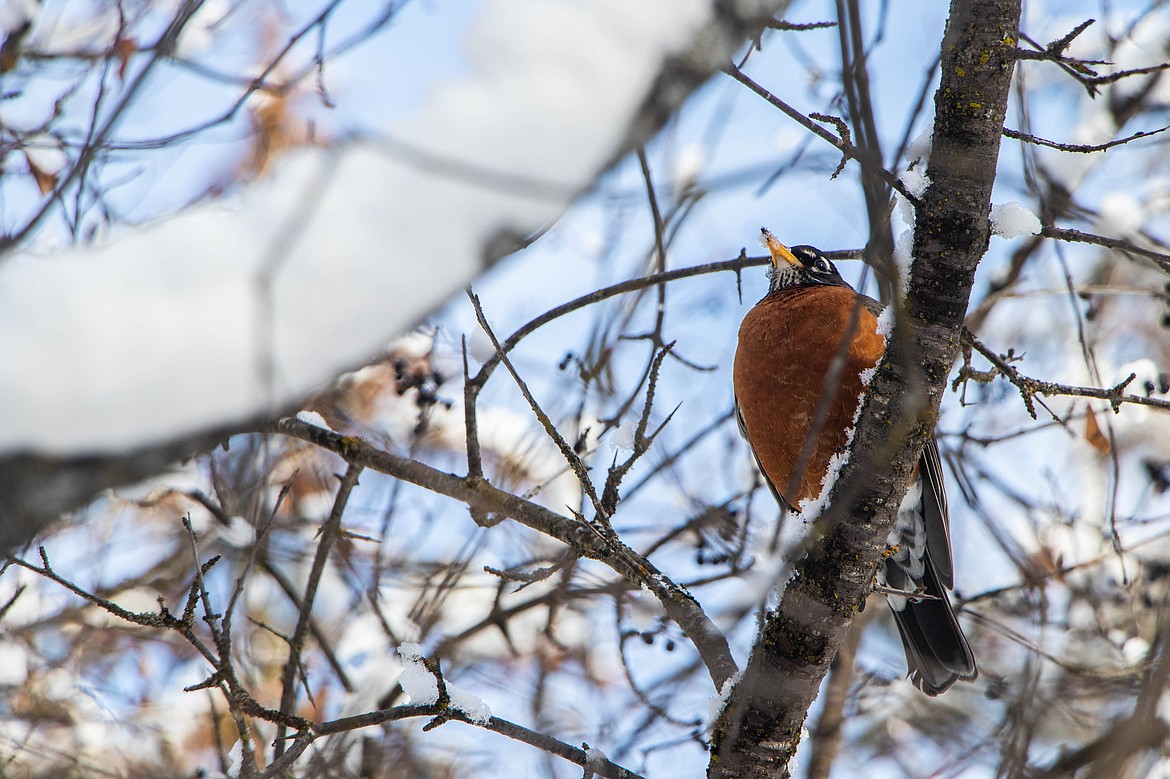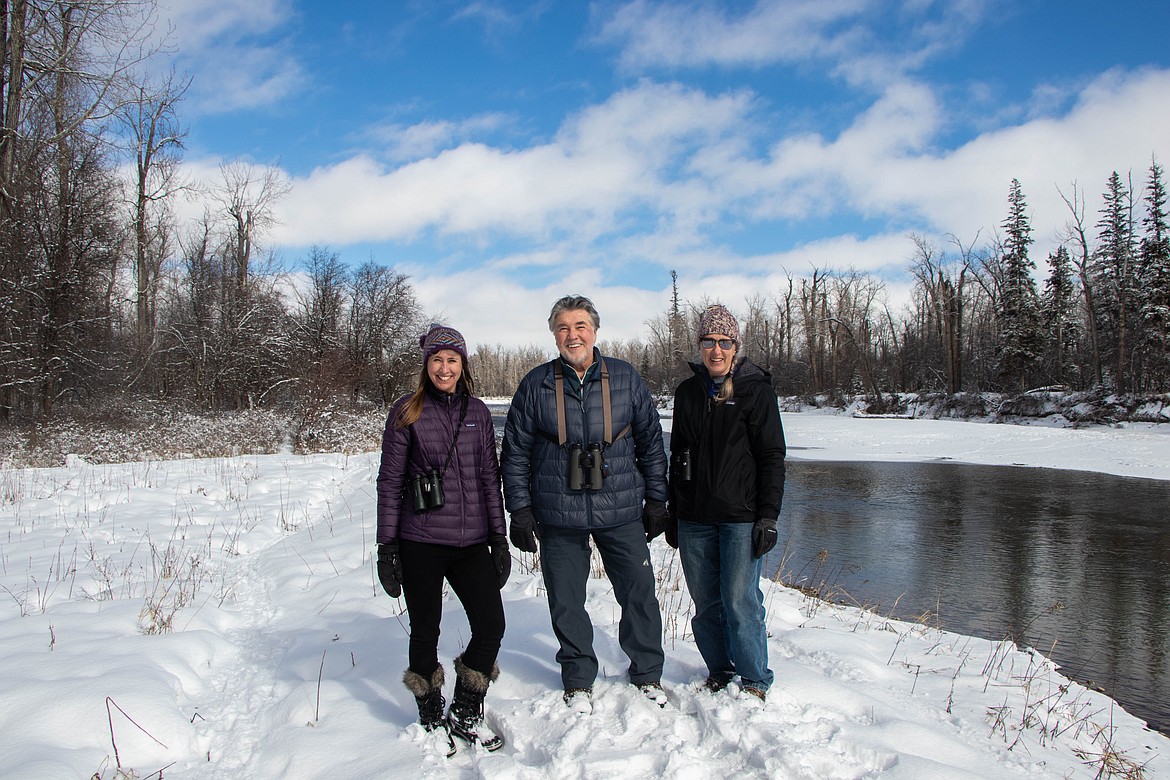Owen Sowerwine rich with natural habitat
The Owen Sowerwine Natural Area is a prime example of healthy land.
Hollowed out cottonwoods stand tall in the area with bare branches; others have fallen, splitting the trunk in half, creating a cavity for the myriad of wildlife that will travel through...
Support Local News
You have read all of your free articles this month. Select a plan below to start your subscription today.
Already a subscriber? Login
Daily Inter Lake - everything
Print delivery, e-edition and unlimited website access
- $26.24 per month
Daily Inter Lake - unlimited website access
- $9.95 per month





